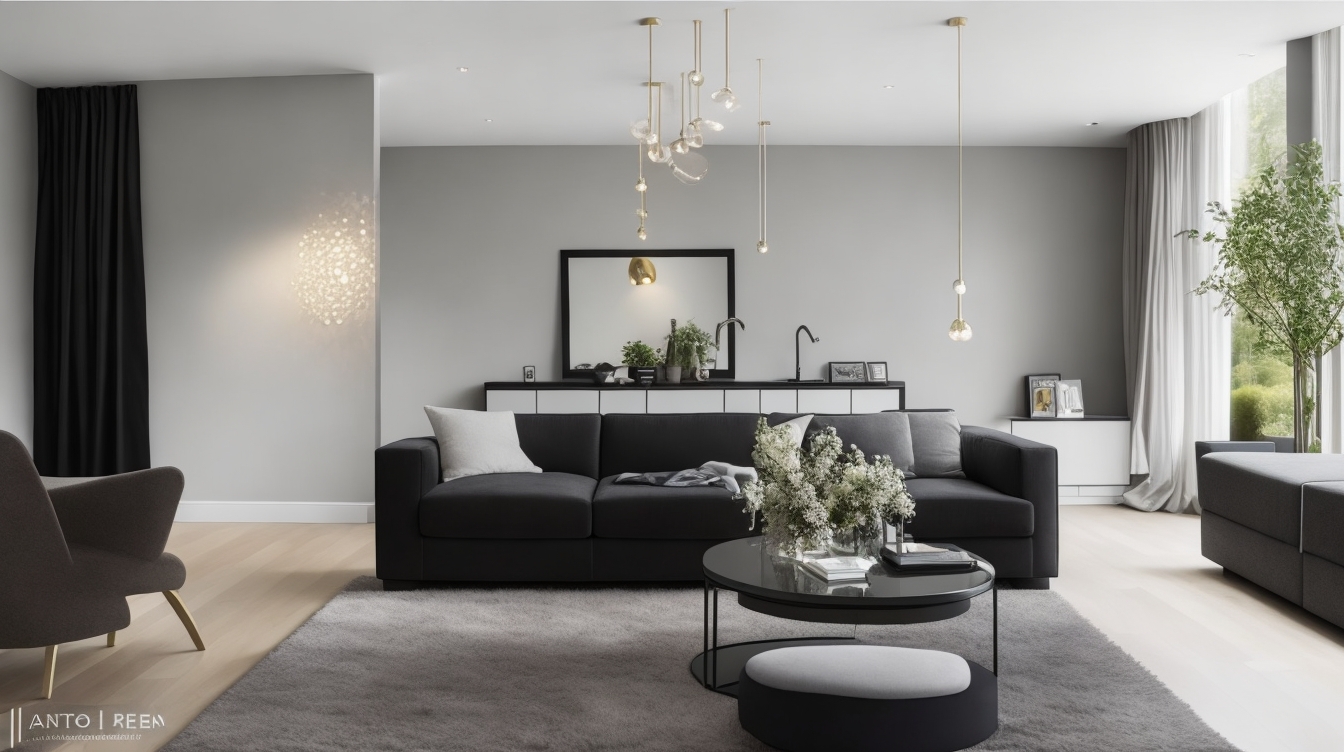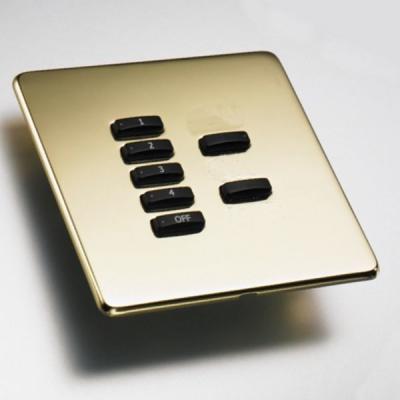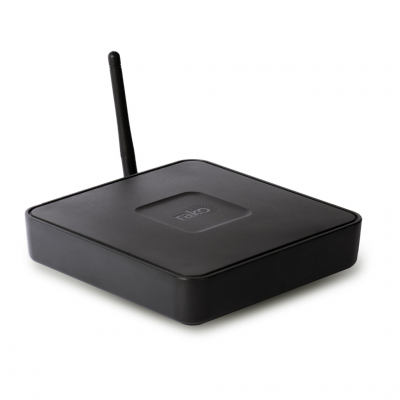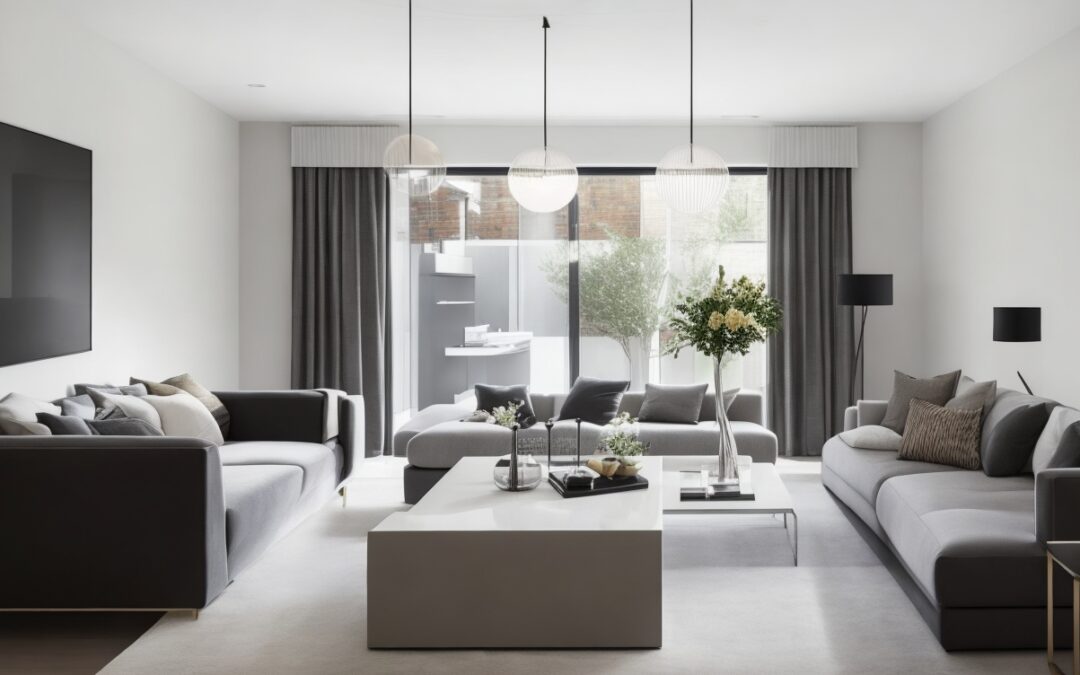Lighting design is an essential aspect of residential architecture and interior design. It not only sets the mood and atmosphere in a living space but also affects the comfort, energy efficiency, and perceived value of a home. One essential component of lighting design is the dimming system, which provides greater control and flexibility in setting the perfect lighting for every situation. In this article, we will delve into the role of dimming systems in UK residential lighting designs, their benefits, and considerations for implementation.
Understanding Dimming Systems
A dimming system is an electrical control mechanism used to adjust the brightness of lights in a space. It works by altering the flow of electricity through the lighting fixtures, reducing or increasing the light output according to the user's preferences. In residential spaces, dimming systems can add great flexibility to the functionality of a home's lighting design, allowing homeowners to create various moods, ambiance, and energy-efficient lighting solutions tailored to their needs.
In the UK, there are several different types of dimming systems available, including:
-
Phase-cut dimmers: These dimmers are widely used for their simplicity and cost-effectiveness. They work by reducing the voltage to the light source during specific phases of the power cycle. They can be further divided into trailing-edge or leading-edge dimmers, which have various compatibilities with low-energy lighting technologies such as LEDs.
-
Smart dimmers: These dimmers can be integrated into smart home systems, allowing for remote control and automation. Users can control their lighting through smartphone apps or voice commands via smart home devices such as Amazon Alexa or Google Home.
-
Digital Addressable Lighting Interface (DALI) dimmers: DALI is a popular standard used in building automation systems for controlling lighting and other equipment. These dimmers offer a high level of flexibility, allowing each light source to be individually addressed and controlled through a centralised system.
Dimming systems primarily work by altering the voltage supplied to the light source, which in turn reduces or increases its brightness. When a dimmer switch is turned down, it reduces the voltage sent to the light fixture, lowering its brightness. Conversely, turning the dimmer switch up increases the voltage, increasing the brightness.
It is essential to note that not all lighting fixtures are dimmable. To function with a dimming system, a light source must be compatible with the specific dimmer technology being used.
Benefits of Dimming Systems in Residential Lighting
One of the most significant advantages of dimming systems is the potential energy savings they offer. By reducing the brightness of lights when not required at full output, homeowners can noticeably reduce their energy consumption. LED lighting, which is inherently more energy-efficient than traditional incandescent or halogen bulbs, can further maximise the energy savings of a dimming system.
Being able to adjust the brightness of the lights in a home can have a significant impact on the ambiance it provides. Soft, dimmed lighting can create a warm and relaxing atmosphere, while brighter, more energetic lighting can increase focus and productivity. Implementing dimming systems also allows homeowners to highlight specific design features, such as artwork or architectural elements.
Each person has unique preferences when it comes to lighting, and dimming systems can cater to these individual tastes. By having the ability to adjust the brightness, homeowners can create the perfect lighting environments for different activities, such as watching a movie, enjoying a romantic dinner, or reading a book.
Many modern dimming systems offer remote control capabilities, either through smartphone apps or integration with smart home ecosystems. This allows users to control their lighting from their phones or even through voice commands, adding convenience and ease of use.
Integration with Single Room Solutions
For smaller-scale projects or single-room renovations, integrating a dimming system can be relatively straightforward. In most cases, replacing existing light switches with dimmer switches compatible with the lighting fixtures is all that is needed. Wireless dimmers and smart bulbs can also offer easy retrofit solutions for single-room installations.
Integration with Whole Home Solutions
Implementing a whole-home dimming system can be more complex, requiring careful planning and coordination with lighting designers, architects, and electricians. Centralised dimming systems, such as DALI or smart home-based systems, offer scalable options for whole-home control, allowing for seamless integration into building automation systems.
Integration with Shading Solutions
Dimming systems can be effectively paired with shading solutions—such as motorised blinds or curtains—to maximise energy efficiency and comfort in a home. By integrating both lighting and shading controls, homeowners can ensure that their living spaces benefit from natural light when available and rely on artificial lighting only when necessary.
Considerations for Implementing Dimming Systems
When implementing a dimming system, it is vital to ensure compatibility with the lighting fixtures in the home. Non-compatible light sources may flicker, buzz, or not function correctly when used with a dimmer. It is essential to carefully select both the dimmer type and the light fixtures being controlled to avoid these issues.
While retrofit options are available for dimming systems, professional installation is typically recommended for more complex whole-home solutions. Electricians and lighting designers experienced in dimming system installations can help ensure correct wiring and compatibility, as well as provide ongoing maintenance support.
The costs associated with implementing a dimming system can vary, depending on the project's scale and complexity. However, the potential energy savings often outweigh the initial outlay over time. Furthermore, energy-efficient lighting technologies, such as LEDs, can further enhance these savings.
Future Trends in Dimming Systems and Residential Lighting Design
As lighting technology continues to evolve, we can expect to see even more innovative dimming solutions become available. The integration of artificial intelligence and machine learning algorithms may also offer personalised lighting experiences that adapt to a homeowner's habits and preferences automatically.
With increasing concerns about climate change and resource scarcity, the focus on sustainable practices in residential design is likely to intensify. Dimming systems play a vital role in energy-efficient lighting design and are likely to become even more prominent in UK homes as their adoption becomes more widespread.
Dimming systems are an essential component of modern residential lighting design in the UK, offering a range of benefits, including energy savings, enhanced ambiance, and personalised light control. By carefully selecting compatible fixtures and working with experienced professionals, homeowners can enjoy the advantages of tailored lighting environments in their living spaces. As technology and sustainability trends continue to shape the future of lighting design, dimming systems will undoubtedly remain a key focus for architects, designers, and homeowners alike.
Using Lighting Controls to Create Mood Lighting
Mood lighting is an essential aspect of enhancing the ambiance and atmosphere within a home. The flexibility to adjust lighting levels at different times of the day or for specific occasions can transform a space, catering to a range of personal preferences and mood-setting requirements. Dimming systems and lighting controls play a vital role in achieving this, allowing homeowners to create distinct lighting scenes that evoke the desired atmosphere with ease.
Light Dimming for Mood Enhancement
Dimming the lights enables homeowners to achieve various levels of warmth and intimacy within a room, setting the tone for relaxation or social gatherings. By combining this with carefully selected fixtures, colour temperatures, and beam angles, a layered lighting approach can be created, offering a variety of lighting scenes tailored to the function of the space.
For instance, in a living room, a combination of ambient lighting, task lighting, and accent lighting can be employed, with each layer having its dimming system. When adjusted individually or in combination with one another, they create different atmospheres for watching movies, entertaining guests, or simply unwinding after a busy day.
Similarly, in bathrooms or bedrooms, dimming systems could be employed to create a soothing, spa-like atmosphere, using lower lighting levels and warm colour temperatures. In contrast, brighter lighting and cooler colour temperatures can be selected for tasks like applying makeup or getting dressed.
Lighting App Control for Maximum Flexibility
Smartphone app controls enable users to adjust their home's lighting effortlessly by merely using their mobile devices. The ability to control lighting levels, colour, and programmable scenes from anywhere – not just within the home – can provide unparalleled convenience to homeowners. Additionally, app-based control opens up the possibility to create custom lighting scenes and schedules to automatically adjust the lighting environment as required.
With a lighting control app, homeowners can create mood lighting presets for various occasions, such as dinner parties, movie nights, or even different times of the day. Whether they are lying in bed or sitting on the couch, users can easily select and adjust their desired lighting scene through the app, without having to move from their comfortable spot.
Integration with popular home automation platforms, such as Amazon Alexa or Google Home, also enables voice control, allowing users to adjust the mood lighting without even touching their smartphones. Combining app-based control and voice-activated commands can customise the lighting to the homeowner's liking and facilitate seamless interactions with the home's lighting system.
In conclusion, the use of lighting controls, including dimming systems and app-based control, is crucial for creating the desired mood lighting within a residential space. With such flexibility at their fingertips, homeowners can achieve the perfect lighting ambiance to cater to various activities and personal preferences, elevating their lighting design and overall living experience.
FAQs
What is a dimming system?
A dimming system is an electrical control mechanism that allows users to adjust the brightness of lights within a space. By altering the flow of electricity through the lighting fixtures, dimming systems enable users to change light output according to their preferences and create various moods, ambiance, and energy-efficient lighting solutions.
What are the main types of dimming systems used in UK residential lighting design?
The main types of dimming systems used in the UK are:
- Phase-cut dimmers: Widely used for their simplicity and cost-effectiveness, with trailing-edge and leading-edge dimmer options.
- Smart dimmers: Integrated into smart home systems, allowing users to control lighting remotely through smartphone apps or voice-activated devices.
- Digital Addressable Lighting Interface (DALI) dimmers: Popular in building automation systems, offering flexibility and individual light source control through a centralised system.
What are the benefits of using dimming systems in residential lighting?
Using dimming systems in residential lighting can offer several benefits, including energy savings, enhanced ambiance and comfort, personalised light control, and convenience through remote control and smart home integration.
How can dimming systems be integrated with shading solutions in a home?
Pairing dimming systems with shading solutions, such as motorised blinds or curtains, can maximise energy efficiency and comfort in a home. By integrating both lighting and shading controls, homeowners can ensure their living spaces gain natural light when available and rely on artificial lighting only when necessary.
What are some considerations for implementing dimming systems in residential lighting design?
When implementing dimming systems, some essential factors to consider include compatibility with lighting fixtures, installation and maintenance, and the cost and energy efficiency of the chosen system. Working with experienced professionals can help ensure correct wiring, compatibility, and ongoing support.

Rako Lighting Controls Systems

Rako Keypads

Rako Dimmers

